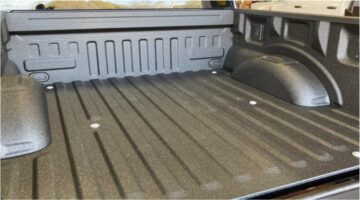When your boat has been dry docked in storage for several months — after a long winter or a summer’s vacation away from the lake — you must not assume it is perfectly seaworthy the first time you take it out again. To do so, you need to perform several steps to prepare it for the water. Whether your craft is a sport fisher, ski tower or cabin cruiser, you can create a preparation checklist to address. Take this all-hands-on-deck approach to boat readiness.
The Hull
Carefully remove a cover if installed; be careful not to get dirt on the boat, which can impair your inspection. Check out your boat’s hull, your most important sink-or-swim task above all else. Look for cracks both at the seams and on the body overall. Try this tip: run your hand over every section during the day, and use a flashlight again at night — both measures will cause any imperfections to jump out.
The Engine
Few occurrences ruin a day on the water than having to get a rescue tow back to shore. Ideally, you prepped your boat’s motor before storing by removing the batteries and draining fluids and lines. Collect your replacement parts for boats and change out as necessary; then refill gas, oil and hydraulic containers and reinstall the battery. After connecting a water line, turn over the engine
The Remaining Structure
Next, eye the deck, cabin or other interior spaces. Tighten loose fittings and clean off gunk and grime, especially mold and algae. Pull cushions and Bimini tops from storage and wash as necessary. Using fine steel wool, sand of any rust that has formed. Finally, wax fiberglass surfaces and stain your deck or other teak pieces.
A Safety Overview
For both the health of your passengers and to avoid getting a citation, perform a safety check. First, make certain your running lights operate. Next, inspect anti-slip strips on the deck and rear running boards. Finally, after reviewing local and state regulations, replenish life jackets, fire extinguishers, flares and other required safety equipment.
The Trailer
If you cart your boat to the water, your trailer needs to be roadworthy. Check the tires for wear and proper inflation. Evaluate the hitch connection to your truck or car: Review all the steps necessary to make the connection, and make sure your is secure. Once you have connected all the pieces, have a partner step on the car’s brakes so you can gauge whether the brake and signal lights work.
Boating should be a stress-free, fun event, but only if your boat is ready for the water. You can ensure your boat is seaworthy by performing a few simple tasks after long-term storage.












